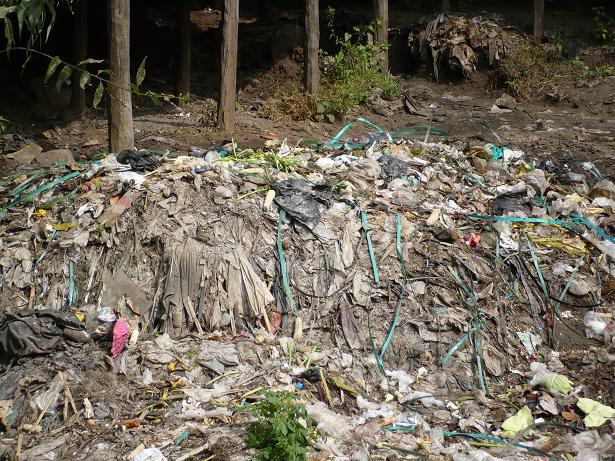- About
- Topics
- Picks
- Audio
- Story
- In-Depth
- Opinion
- News
- Donate
- Signup for our newsletterOur Editors' Best Picks.Send
Read, Debate: Engage.
| topic: | Climate Change |
|---|---|
| located: | Kenya |
| editor: | Bob Koigi |
The sixth session of the United Nations Environment Assembly, the world’s highest environmental decision-making body, concluded on 1 March in Kenya’s capital, Nairobi. The outcome was far-reaching declarations to tackle the interconnected triple planetary climate change, biodiversity loss and pollution crisis through inclusive multilateralism.
The gathering sought to mobilise nations around environmental action by assembling more than 5,000 delegates from 182 countries spanning heads of state and government, ministers, senior UN officials, scientific communities, civil society groups, youth, and the private sector.
As the world is facing unprecedented weather shocks, this event is a timely occurrence.
Last year, global temperatures reached record highs, an estimated one million animal and plant species are facing extinction, and each year, more than 3 million people die prematurely due to household air pollution.
Despite the varied voices informed by national, regional and business interests, the assembly has appreciated the complexities of the existential threats and the urgency of tackling them.
With ambitious resolutions on using nature’s resources sustainably, the assembly has set out on an implementation path, betting on the political will of member states to actualise these resolutions for the sake of people and the planet.
This is where the hard part begins. One of the most celebrated agreements of the assembly was at the fifth session, which culminated in a resolution to form a global treaty to end plastic pollution. Such bold commitments matched with deeds should inspire assembly members as they retreat to their countries.
There has to be a deliberate effort, backed by political will, public-private partnership and a targeted approach to address these environmental threats. For starters, the world needs an urgent stop to plastic production without bending to the rules of producers and other powerful interests while laying down a sustainable transition for all those involved from production to disposal.
It cannot be business as usual if we are to save our environment. Tough decisions must be made to save our planet, and practical solutions that work in harmony with nature must be implemented.
Image by Bill Wegener.

